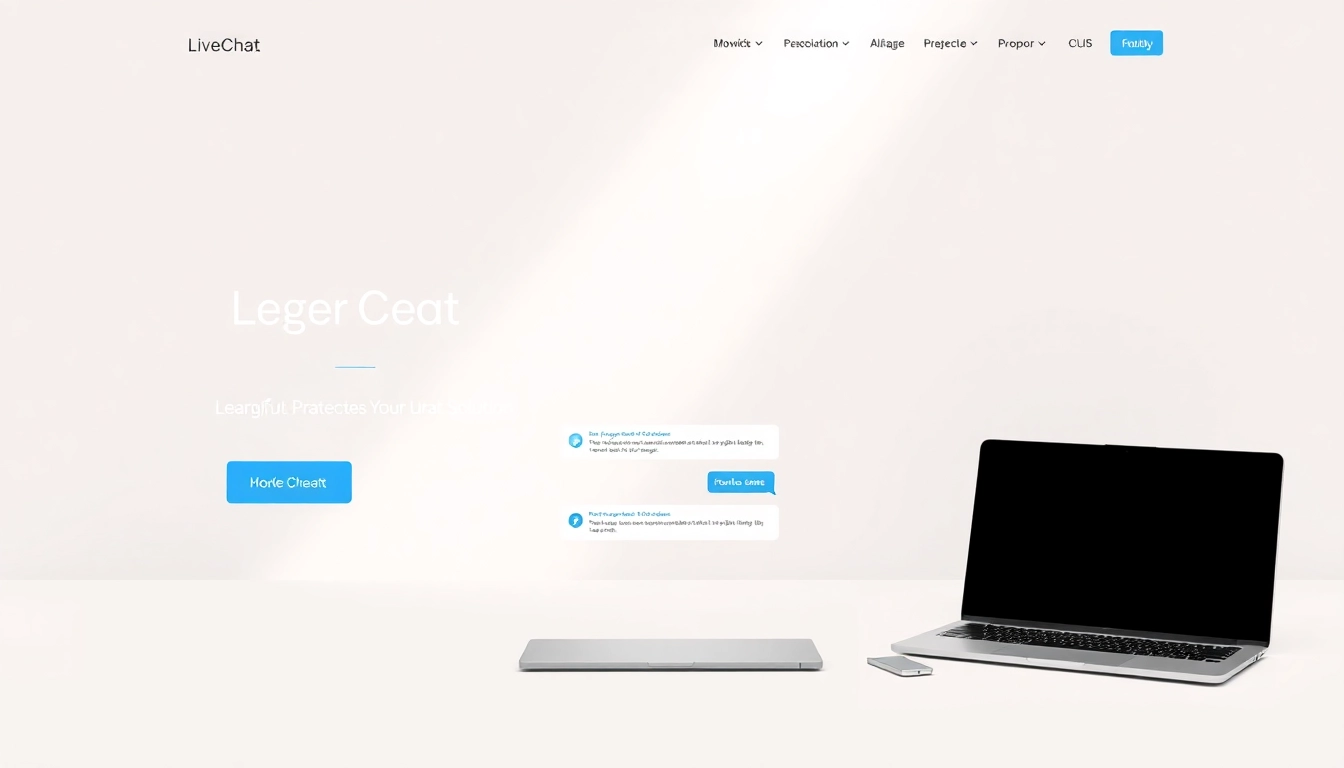
Understanding Competitive Intelligence: Key Concepts
What is Competitive Intelligence?
Competitive intelligence (CI) is a structured, ethical approach to gathering, analyzing, and disseminating information that is pivotal for business success. It involves collecting data on competitors, market trends, customer behavior, and proprietary industry insights to inform strategic decision-making. According to the competitive intelligence discipline, the process is systematic and aims to convert raw data into actionable intelligence that enhances the company’s competitive advantage.
The Importance of Competitive Intelligence
In today’s fast-paced business environment, the necessity of leveraging competitive intelligence has increased exponentially. Organizations that incorporate CI into their strategic frameworks can:
- Anticipate Market Changes: Understanding competitors’ movements and industry trends allows businesses to pivot and adapt proactively.
- Enhance Decision Making: Data-driven insights improve the quality of decisions, reducing the risk of strategic missteps.
- Identify Opportunities: CI reveals untapped markets or customer segments, helping organizations to expand effectively.
- Mitigate Risks: By keeping an eye on competitors’ weaknesses and strengths, businesses can position themselves to avoid common pitfalls.
Key Elements of Competitive Intelligence Process
The competitive intelligence process involves several critical components:
- Defining Objectives: Organizations must establish clear CI goals aligned with their overall strategy.
- Data Collection: Collecting relevant information using various tools and techniques.
- Data Analysis: Synthesizing the data into meaningful insights that can guide strategy.
- Dissemination: Sharing intelligence with key stakeholders in the organization.
- Action: Implementing strategies based on insights derived from the CI process.
Types of Competitive Intelligence and Their Applications
Market Intelligence vs. Competitor Intelligence
While both market intelligence and competitor intelligence are essential aspects of CI, they serve different purposes. Market intelligence focuses on understanding overall market dynamics, customer preferences, and trends. In contrast, competitor intelligence zeroes in on specific competitors, analyzing their strategies, strengths, weaknesses, and market positioning. Businesses must leverage both types of intelligence to maintain a comprehensive understanding of their operational landscape.
Technical Intelligence: Why It Matters
Technical intelligence involves gathering information about the technologies utilized within the industry, including patents, R&D activities, and technological advancements. This type of intelligence is crucial for companies aiming to innovate or maintain their edge. For instance, a company developing cutting-edge software must be aware of emerging programming techniques and competing offerings. Understanding technical intelligence enables firms to invest in necessary upgrades or shift focus as needed.
Customer Intelligence: Leveraging Insights
Customer intelligence is about gaining insights into customer behavior, preferences, and pain points. It involves analyzing customer feedback, buying patterns, and demographic information to tailor marketing and product strategies effectively. Organizations armed with robust customer intelligence can enhance customer satisfaction, create targeted campaigns, and ultimately drive sales growth. For example, brands that utilize CRM (Customer Relationship Management) data to customize user experiences can significantly boost their retention rates.
Implementing a Competitive Intelligence Strategy
Setting Objectives for Competitive Intelligence
Before embarking on a competitive intelligence initiative, businesses must clearly define what they hope to achieve. Questions to consider include:
- What specific information do we need about competitors?
- How will this information affect our business strategy?
- Who will be responsible for gathering and analyzing this data?
By establishing measurable objectives, organizations can gauge the effectiveness of their CI efforts and adjust their strategies accordingly.
Tools and Techniques for Effective Collection
Several tools facilitate the gathering of competitive intelligence:
- Web Scraping Tools: Automate the collection of data from competitors’ websites.
- Social Media Monitoring Tools: Track competitors’ social engagement and customer sentiments.
- Market Research Tools: Provide insights into market trends and customer preferences.
- News Aggregator Tools: Help monitor industry news and competitor announcements.
Effective CI relies on the integration of various tools, ensuring comprehensive data collection across multiple channels.
Analyzing Data: Turning Information into Action
Once data is collected, the next step is to analyze it to uncover actionable insights. Utilize methods such as:
- SWOT Analysis: Evaluate competitors’ strengths, weaknesses, opportunities, and threats.
- Trend Analysis: Identify market trends over time.
- Comparative Analysis: Benchmark against competitors on key metrics.
Transforming data into insights requires collaboration among various teams, ensuring that the analysis aligns with business goals.
Building a Culture of Competitive Intelligence in Your Organization
Training Staff on Competitive Intelligence Best Practices
Establishing a robust competitive intelligence function requires staff at all levels to be educated about its importance. Training programs should cover:
- CI ethics and legalities.
- Methods for collecting and analyzing data.
- Ways to disseminate findings throughout the organization.
Fostering a culture where employees value and engage with CI can significantly enhance an organization’s responsiveness to market dynamics.
Integrating Intelligence into Business Planning
To make competitive intelligence part of everyday operations, integrate CI insights into planning sessions and strategy meetings. This ensures that data informs all key decisions, from product development to marketing strategies. Companies that utilize CI effectively in their strategic frameworks can better position themselves against competitors by making well-informed decisions that drive long-term growth.
Fostering Collaboration Across Departments
Encouraging cross-department collaboration enhances the effectiveness of competitive intelligence processes. Marketing, sales, product development, and customer service should regularly share insights derived from CI activities. Such collaboration promotes a unified understanding of competitive pressures and enables organizations to respond cohesively to market changes.
Measuring the Impact of Competitive Intelligence
Key Performance Indicators (KPIs) for Success
Measuring the success of competitive intelligence efforts is vital for ongoing improvement. Consider the following KPIs:
- Market Share Growth: Increased share after implementing CI strategies.
- Customer Acquisition Costs: Changes in cost-efficiency related to marketing efforts.
- Product Development Time: Reduced time to market for new products.
- Customer Retention Rates: Improvements in maintaining existing customers.
Tracking these indicators helps organizations assess the value and effectiveness of their CI initiatives.
Adjusting Strategies Based on Intelligence Insights
Competitive intelligence is not merely a one-time exercise but an ongoing process that requires continual adaptation. Regularly revisiting and adjusting strategies based on new intelligence insights can significantly enhance business outcomes. For example, if competitor analysis reveals a shift in pricing strategies, it may necessitate a reassessment of your own pricing models.
Real-world Examples of Competitive Intelligence Outcomes
To illustrate the impact of competitive intelligence:
- Case Study: Coca-Cola: Leveraged CI to understand evolving consumer preferences for health-conscious beverages, leading to the development of new product lines such as Coca-Cola Zero Sugar.
- Case Study: Apple: Utilized competitive intelligence to monitor competitors’ features and pricing strategies, allowing for timely updates to their product offerings and marketing communication.
These examples demonstrate the tangible benefits of effectively employing competitive intelligence to inform strategic choices and influence market positioning.






